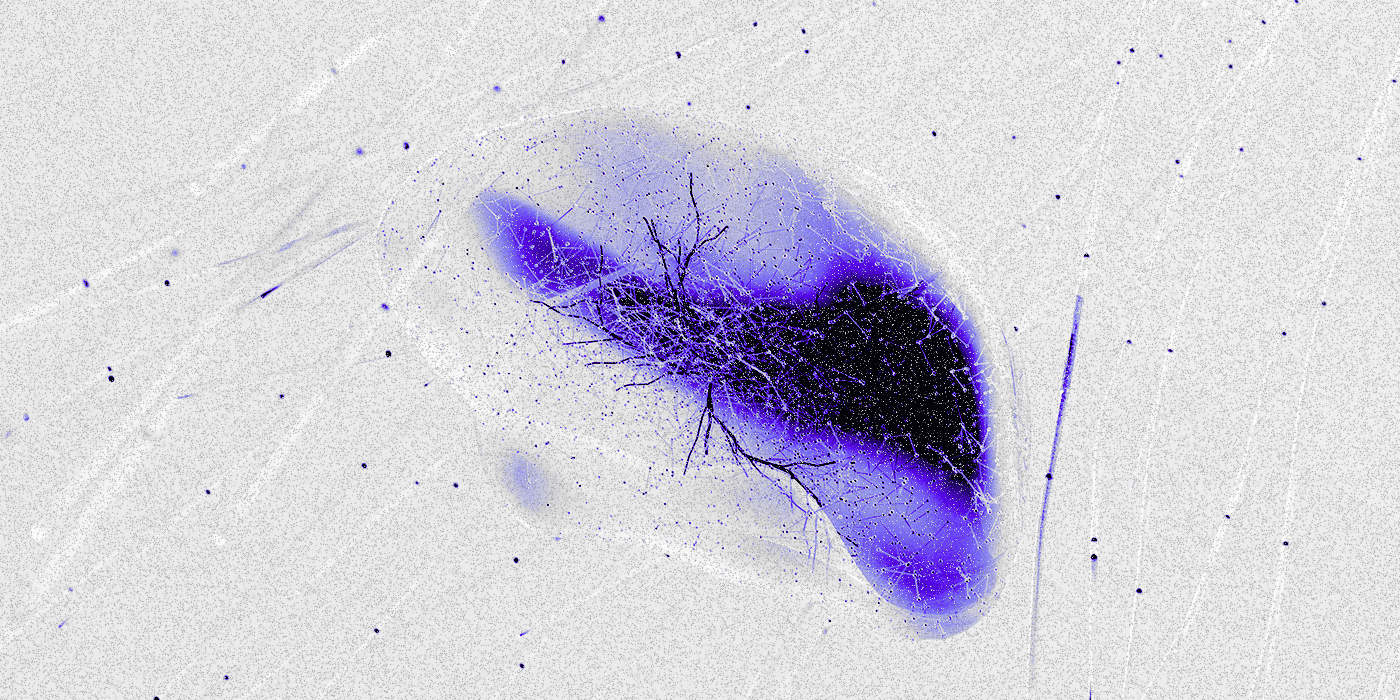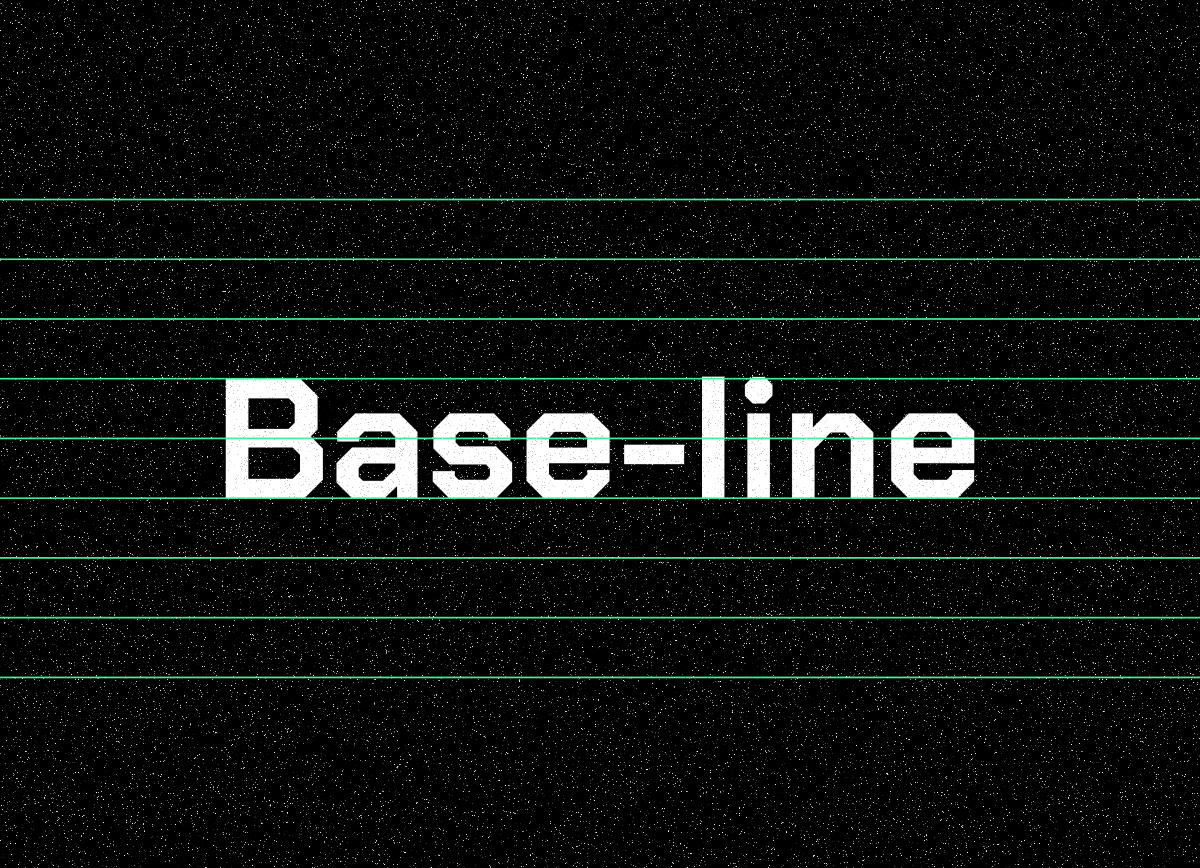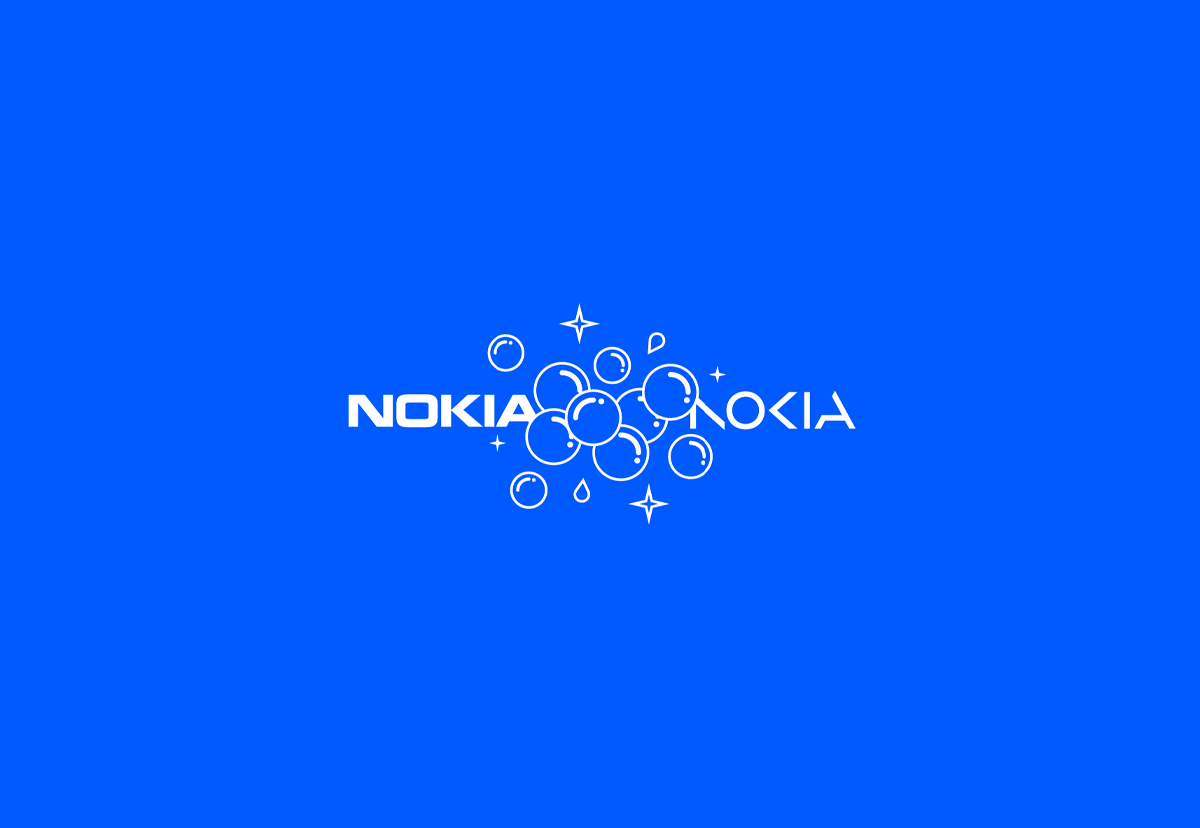Dear Amigos,
We are living through a second “industrial revolution”. Our work as designers is changing rapidly, and the expectations placed on us are shifting drastically. This future likely moves away from the vision many of us had of our profession just five years ago.
This shift is not only about new software; it is fundamentally driven by the arrival of Artificial Intelligence, which is demanding a new level of output from creatives. Our tools and workflows are rapidly changing, and the industry now expects us to deliver “more, and faster,” often for less compensation.
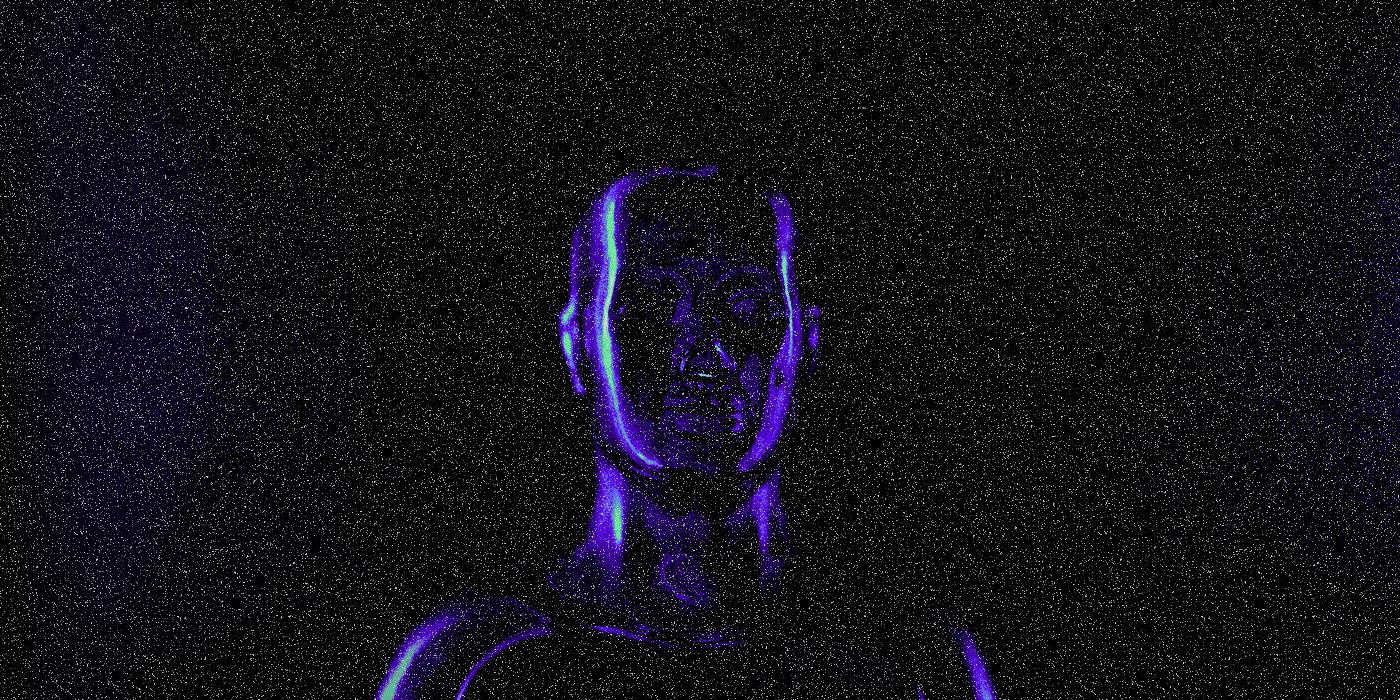
The Arrival and Impact of Artificial Intelligence
Artificial Intelligence has arrived to stay, and our tools and workflows are no longer what they used to be. More is expected from us as creatives, as problem solvers—more, and faster.
We often hear that our work is easier now with AI, but it is also true that now the market demands more for less. The real question is: how can we take advantage of this as designers and stand out? How can we evolve and iterate without losing our creative essence—the problem-solving mindset—in a world where the pace of the industry leaves no room for poetry?
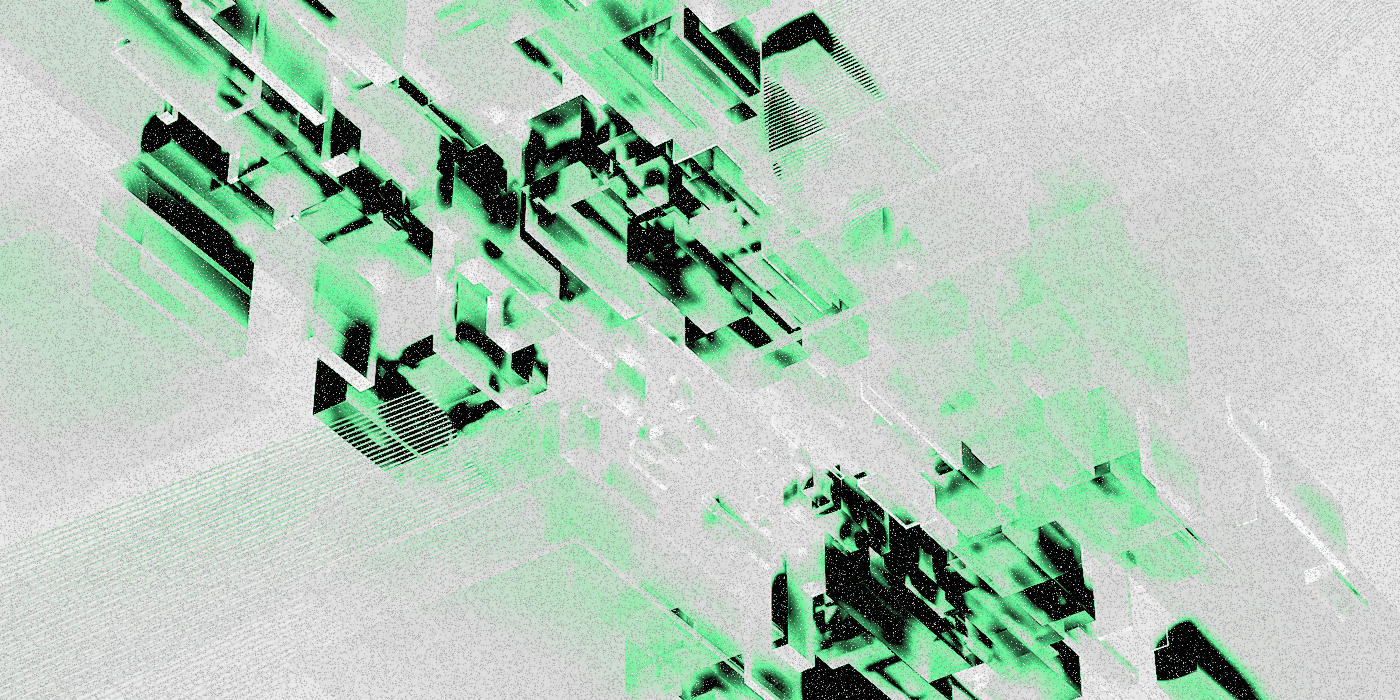
The “Good Enough” Era
The creative simplification brought by AI may give us more time to think and do less, or it may simply standardize everything, resulting in a surplus of quantity but poor quality. Making a real creative difference may become increasingly rare in this wave of meaningless visual and communicative clutter we are already witnessing.
Between artificial music bands such as The Velvet Sundown, pixelated AI actors as “Tilly Norwood”, cybernetic agents, and AI generated focus-groups, one wonders what part of our workflow or human experience will be automated next. I wonder if anyone is working on an AI that creates typography based on emotion and use—or if the average client will consider “good enough” the generic brand identities and marketing strategies suggested by whichever ChatGPT happens to be trending. Is this the beginning of the “good enough” era?
Undoubtedly, nothing will be the same anymore, and perhaps I sound pessimistic. Yet, I already nostalgically see the work that I know will no longer find its place in the labor market. I believe editorial work will increasingly become a rare white rhinoceros. If KPIs are unaffected by kerning or tracking, why invest in a designer who does things the old-fashioned way? Everything automated, everything mechanical, everything generated, everything standardized.
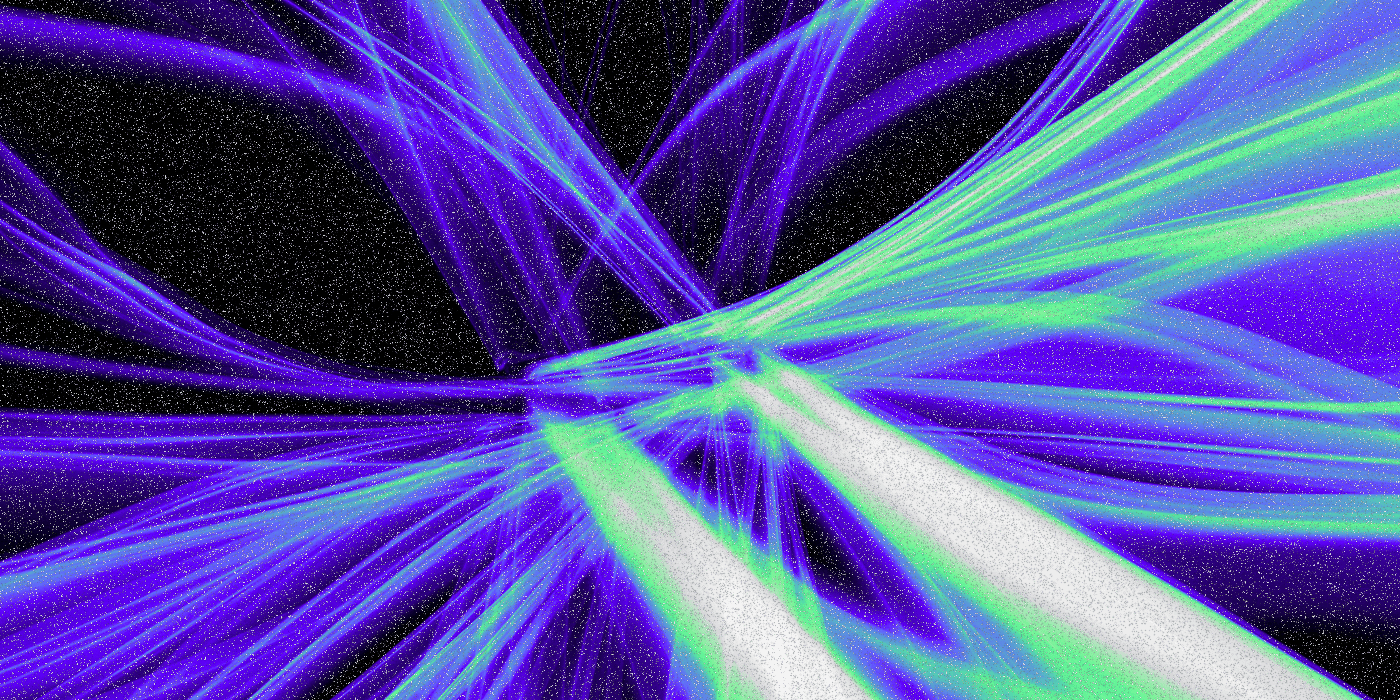
The Creative Future
On the positive side, I also believe this new life, which we have yet to discover, will bring new ways of working, new challenges, and new spaces to be creative in different ways. We will become more like art directors and creative directors. The knowledge and reasoning behind what we do—the why—will remain irreplaceable. Going beyond aparent good taste, our understanding of what is the right choice for the right problem, it is still something irreplaceable, apparently human intelligence is still necessary to accomplish this.
All these advances in the visual field will undoubtedly lead us to question how to create more immersive brand experiences, engaging all five senses, offering real-time personalized experiences, doing more with less, and increasingly becoming individual studios unto ourselves.
Perhaps this rapid technological advance will prompt a sort of counter-response akin to Morris’ Arts and Crafts movement—a rebirth of the artisanal, the handmade, or in this case, the human-made, just as happened during the industrial revolution. Or maybe not. We’ll have to ask ChatGPT, our contemporary oracle, what the future has in store for us.
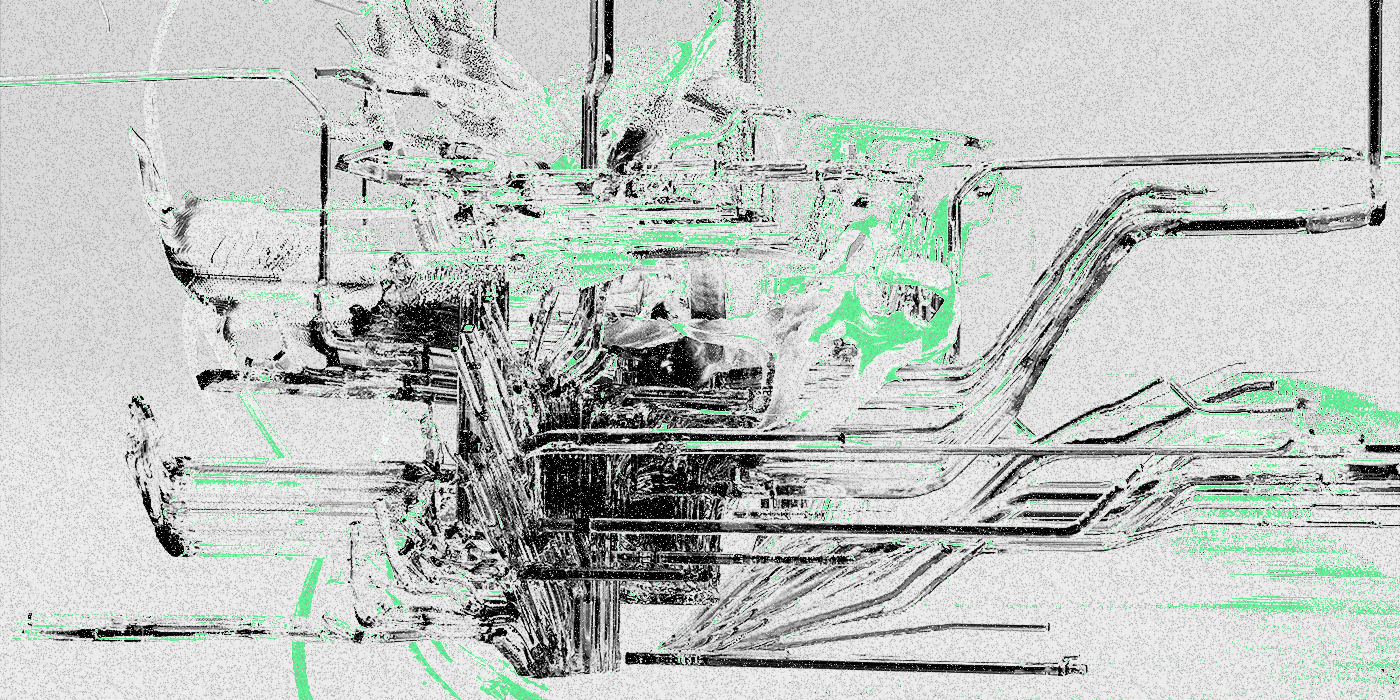
Yours truly,
A Type of Camila.
Since you are really into innovation, you might be interested in these other articles and resources:
How does ChatGPT Work? Grasping Its Full Impact on Creatives
